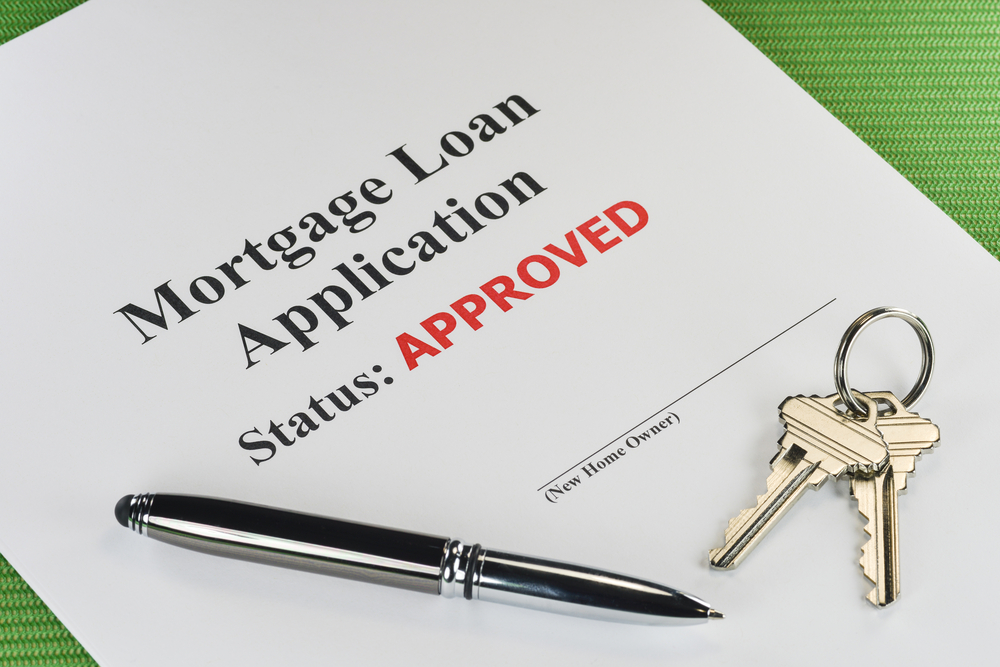Divorces are complicated and messy, especially when spouses have to divide assets and reach other financial agreements. If you owned a home together, you have to make decisions regarding the mortgage. Getting a divorce doesn’t automatically dissolve a home loan. So it’s important to understand your options.
1. Sell the house
Selling a home is one of the fastest ways to dissolve a joint mortgage, so that neither party is responsible for the property. The problem, however, is that there’s no way to predict how long it’ll take to sale the property. It could sell in a couple of weeks or a couple of months, which means you could be married to the mortgage long after the divorce finalizes. But once the house sells, you can split the profit and go your separate ways.
2. Refinance the mortgage and keep the home
Sometimes, one spouse chooses to keep the family home after a divorce. This is doable, but it can get tricky when there’s a joint mortgage involved. If both of your names appear on the mortgage, and one of you decides to remain in the home, the person who remains will have to refinance the property in order to remove the other’s name from the mortgage and deed.
This process isn’t as simple as it might sound. The spouse remaining in the home has to apply for a new mortgage to replace the old one, and qualify for the mortgage using his or her own income, credit and assets. A mortgage lender will not approve a refinance unless the borrower has sufficient income to manage the payments without a joint borrower’s income.
3. Sign a quit claim deed
Understand that refinancing a mortgage doesn’t remove an ex’s name from the deed. It only removes his or her name from the mortgage loan. To take an ex-spouse’s name off the deed, this person will have to sign a quit claim deed to relinquish ownership of the property. This form should only be completed and signed after a lender approves your refinancing. Your ex-spouse must attend the loan closing and sign the quit claim deed in front of the lender. The document is notarized and processed with the loan paperwork.
4. Request a short sale or a deed in lieu of foreclosure
Selling is often the most logical solution, but finding a buyer can be challenging, especially if property values have fallen and you owe more than the property is worth. If you can’t sell or refinance the property, ask your lender about a short sale or a deed in lieu of foreclosure, which are alternatives to foreclosure. A short sale lets you sell the property for less than you owe, and with a deed in lieu of foreclosure, you voluntarily transfer ownership of the home back to the bank.
Both actions damage your credit, but the damage is typically less severe than an actual foreclosure proceeding.








